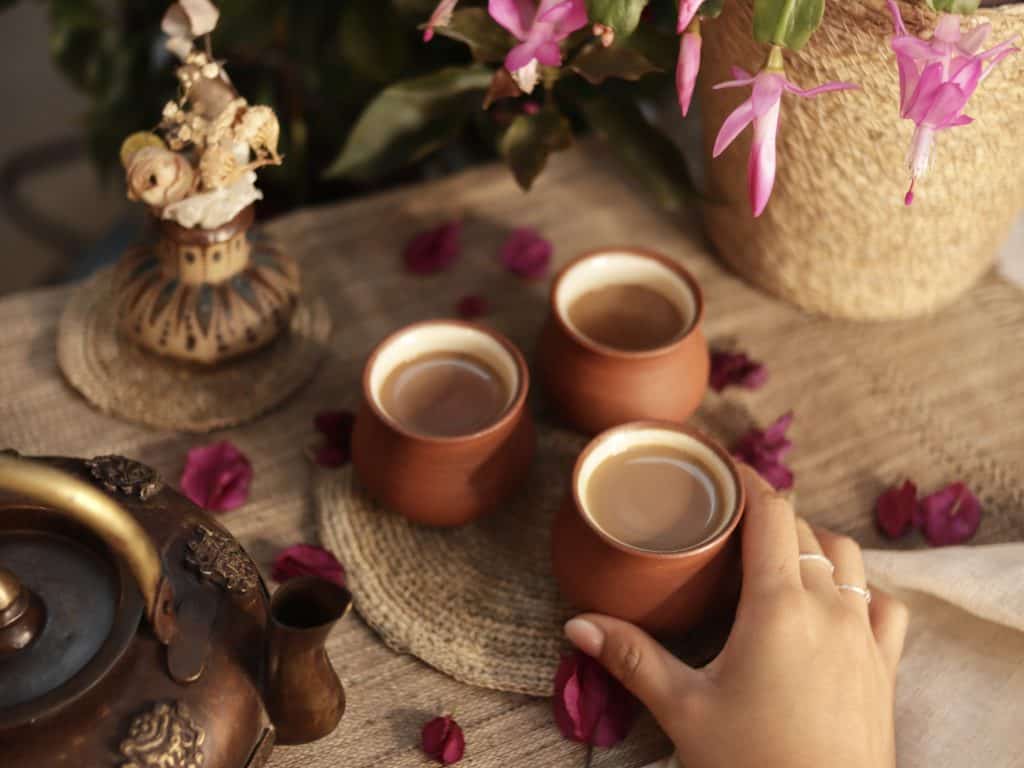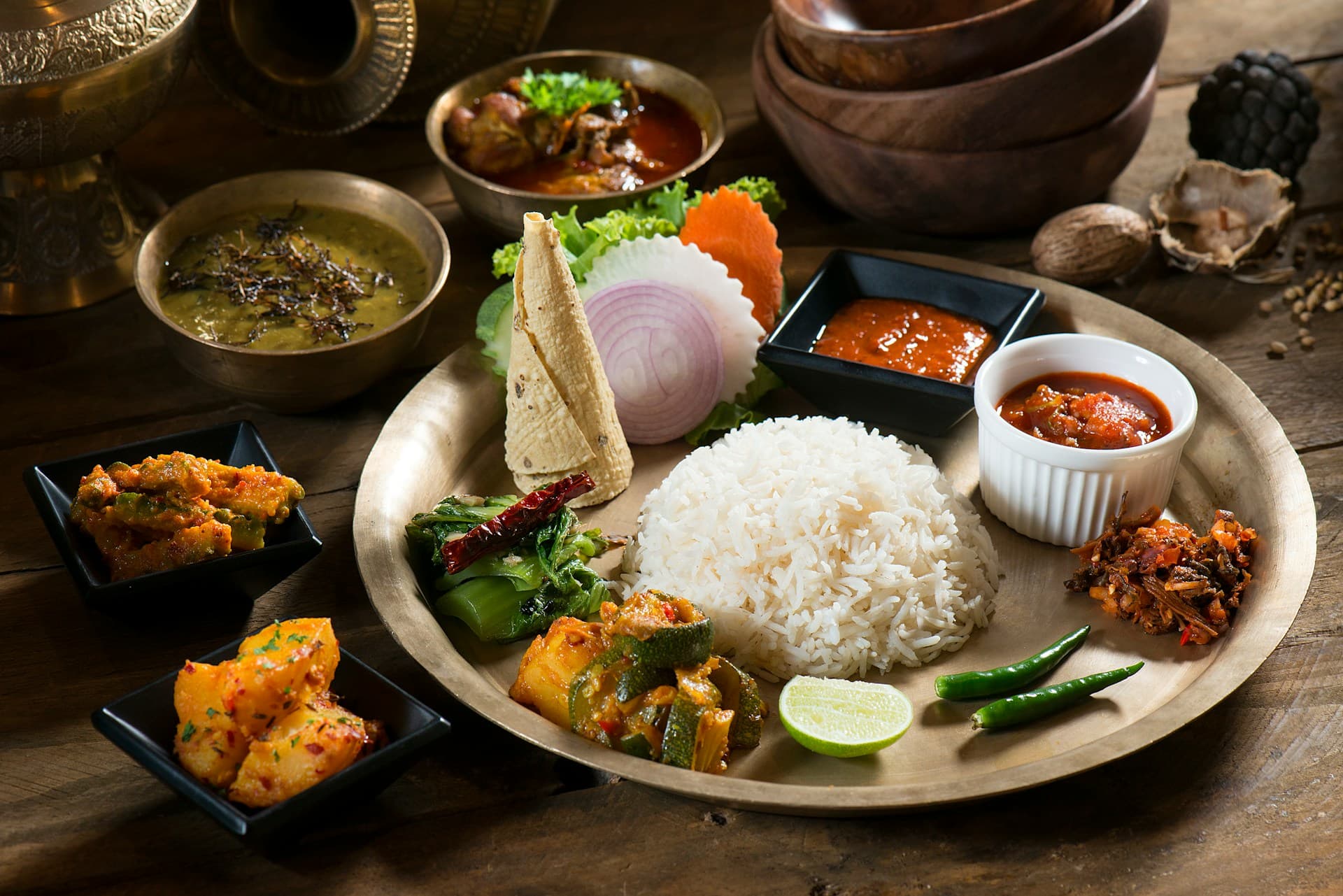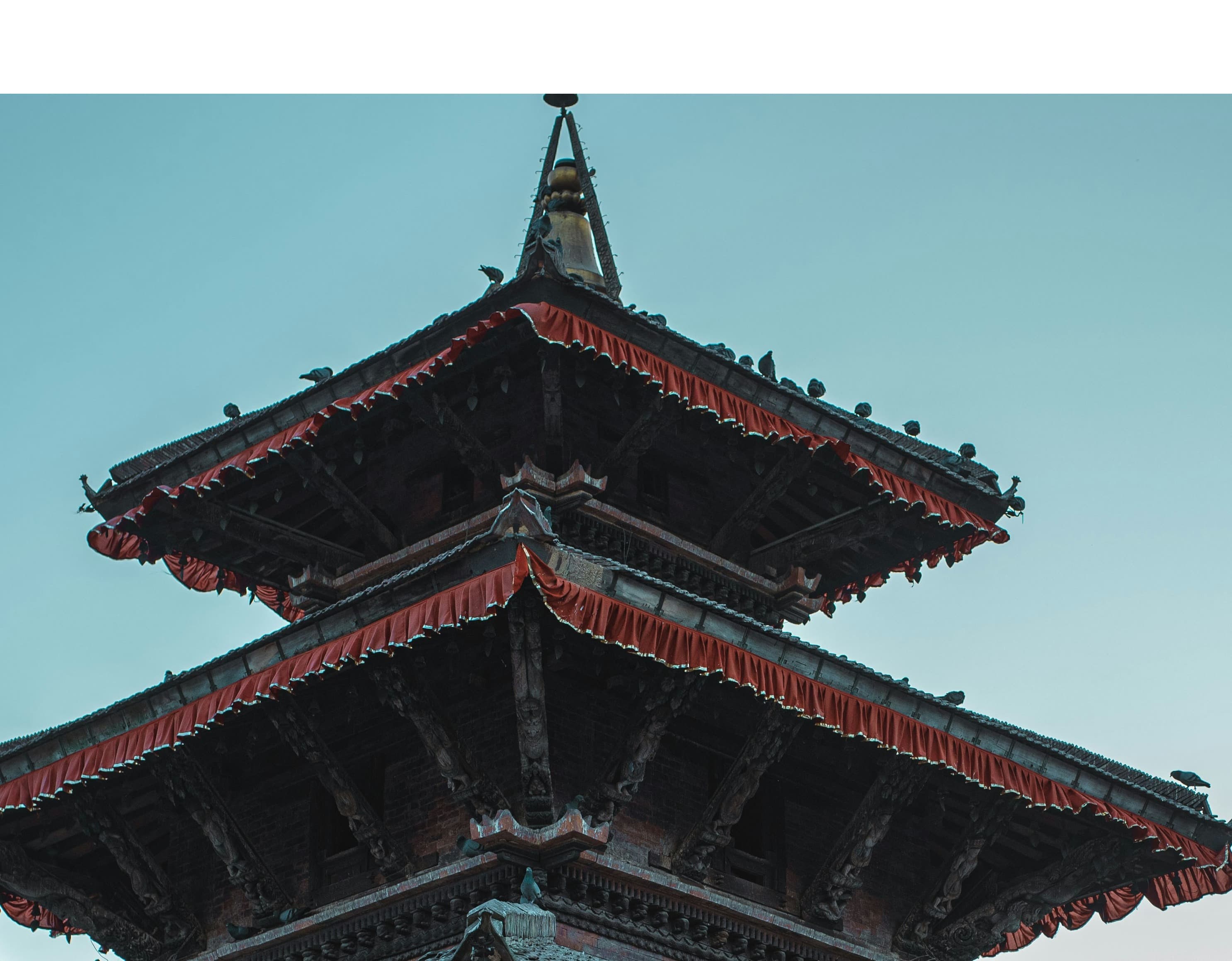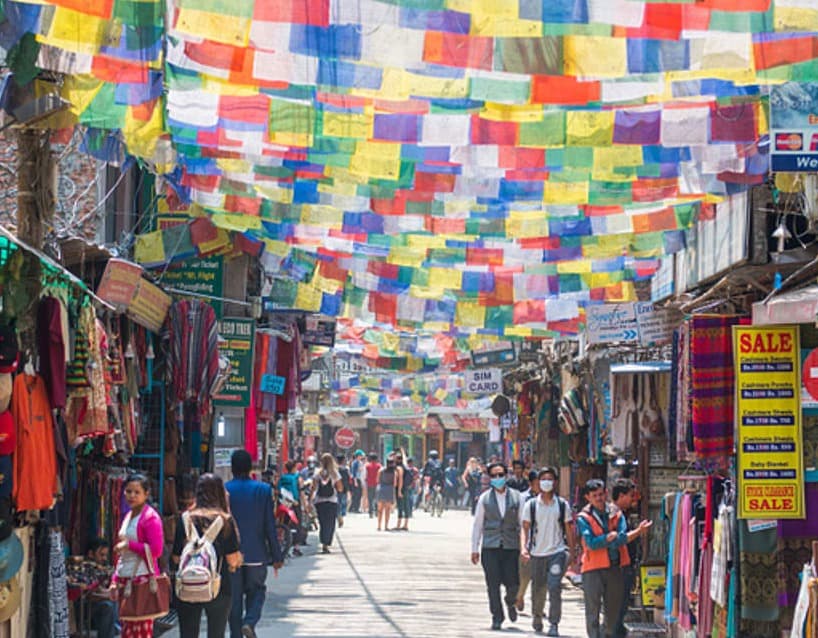Nepal offers a rich culinary experience that reflects its diverse culture and geography. A must-try is dal bhat, a traditional meal consisting of lentil soup served with steamed rice, vegetables, pickles, and sometimes meat. It's the staple diet of most Nepali households. Another local favorite is momo, which are dumplings filled with vegetables, chicken, or buffalo meat, often served with a tangy tomato-based chutney. Thakali cuisine is also popular, known for its unique flavors, including buckwheat pancakes (dhido) and gundruk (fermented leafy greens). For a snack, try sel roti, a sweet, ring-shaped fried bread made from rice flour. Nepal also boasts regional dishes like Newari cuisine, with specialties like bara (lentil patties) and yomari (sweet dumplings filled with molasses). Each dish reflects Nepal’s cultural richness and offers a unique blend of flavors.
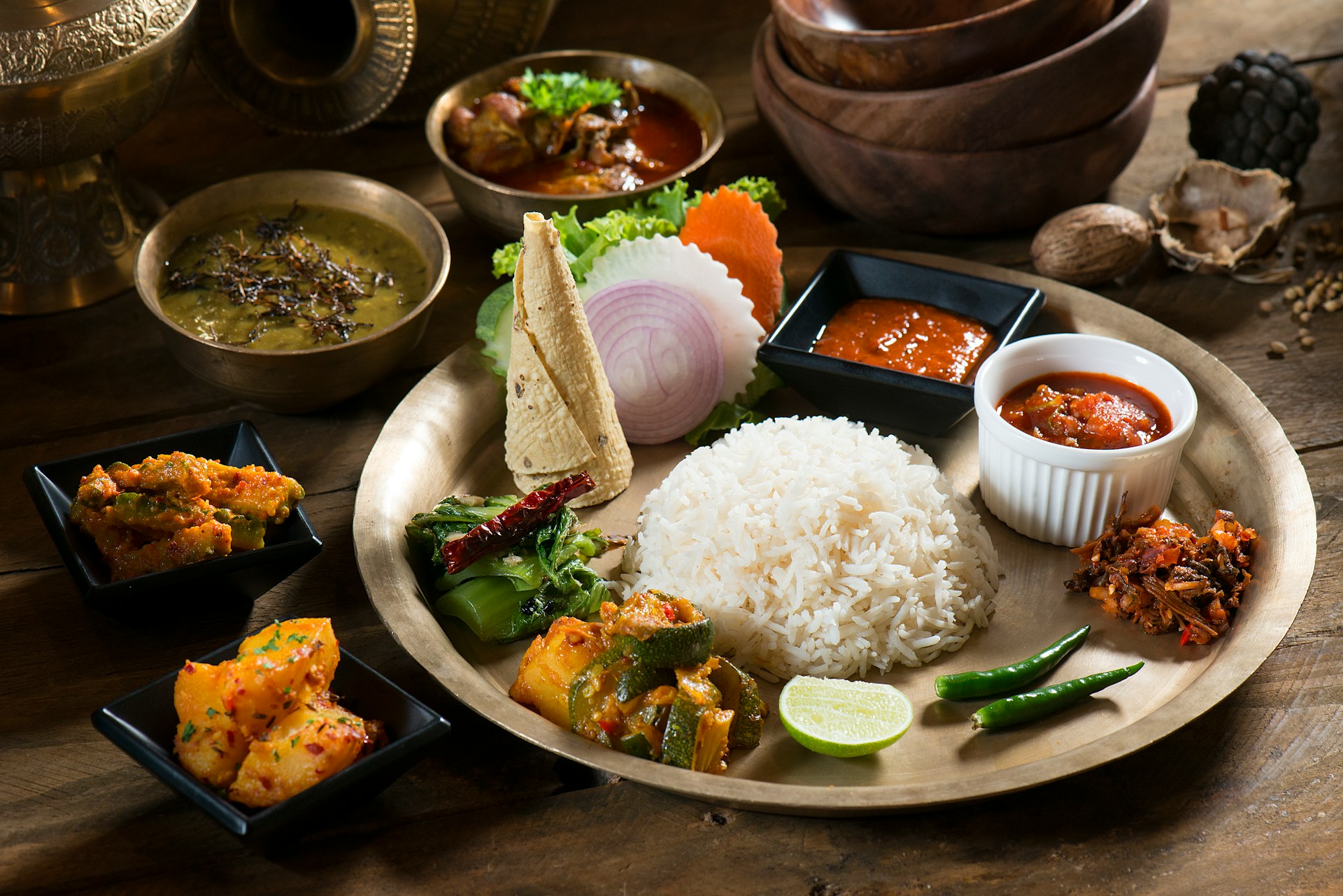
Dal Bhat
Dal Bhat is more than just a meal in Nepal; it’s a cultural staple that reflects the country’s agrarian roots and diverse culinary traditions. Consisting of dal (lentil soup) and bhat (steamed rice), it is often accompanied by vegetables, pickles, and sometimes meat or curry. Its significance lies in its simplicity, nutrition, and adaptability. Lentils provide a rich source of protein, especially in rural areas where meat is less accessible. Rice and lentils together offer a balanced meal that’s filling and provides essential nutrients.
Dal Bhat is popular in Nepal due to its versatility and ease of preparation, making it a daily meal for many Nepali households. It is served in various forms, with regional variations adding to its richness. In mountainous areas, it may be paired with dhido (buckwheat porridge), while in the plains, it’s often served with seasonal vegetables. For trekkers, Dal Bhat is the go-to dish due to its energy-boosting qualities and availability in remote areas.
The phrase “Dal Bhat power, 24-hour” is a common saying among trekkers, emphasizing its ability to sustain energy. This meal is a true embodiment of Nepali culture, hospitality, and sustenance.
MOMO
Momo is one of Nepal's most beloved dishes, highly popular among locals and a must-try for tourists. These delicious dumplings are typically filled with a variety of ingredients such as vegetables, chicken, or buffalo meat and are often served with a spicy tomato-based dipping sauce known as achar. Momo can be either steamed or fried, giving it a versatile flavor and texture that caters to different preferences.
The origins of momo are believed to trace back to Tibet, but over time, it has evolved to become a quintessential Nepali snack. What makes momo special is not just its delicious taste but the cultural experience it offers. Many restaurants and street vendors serve momos in various forms, including jhol momo (served with a tangy soup) and kothey momo (half-fried, half-steamed).
For tourists, tasting momo in Nepal is essential as it provides a glimpse into the country’s fusion of Tibetan, Indian, and Nepali flavors. It's a dish that reflects Nepal’s rich culinary diversity and adaptability. Whether you're in the bustling streets of Kathmandu or trekking in the Himalayas, momo is widely available and guarantees a delightful experience for your taste buds.
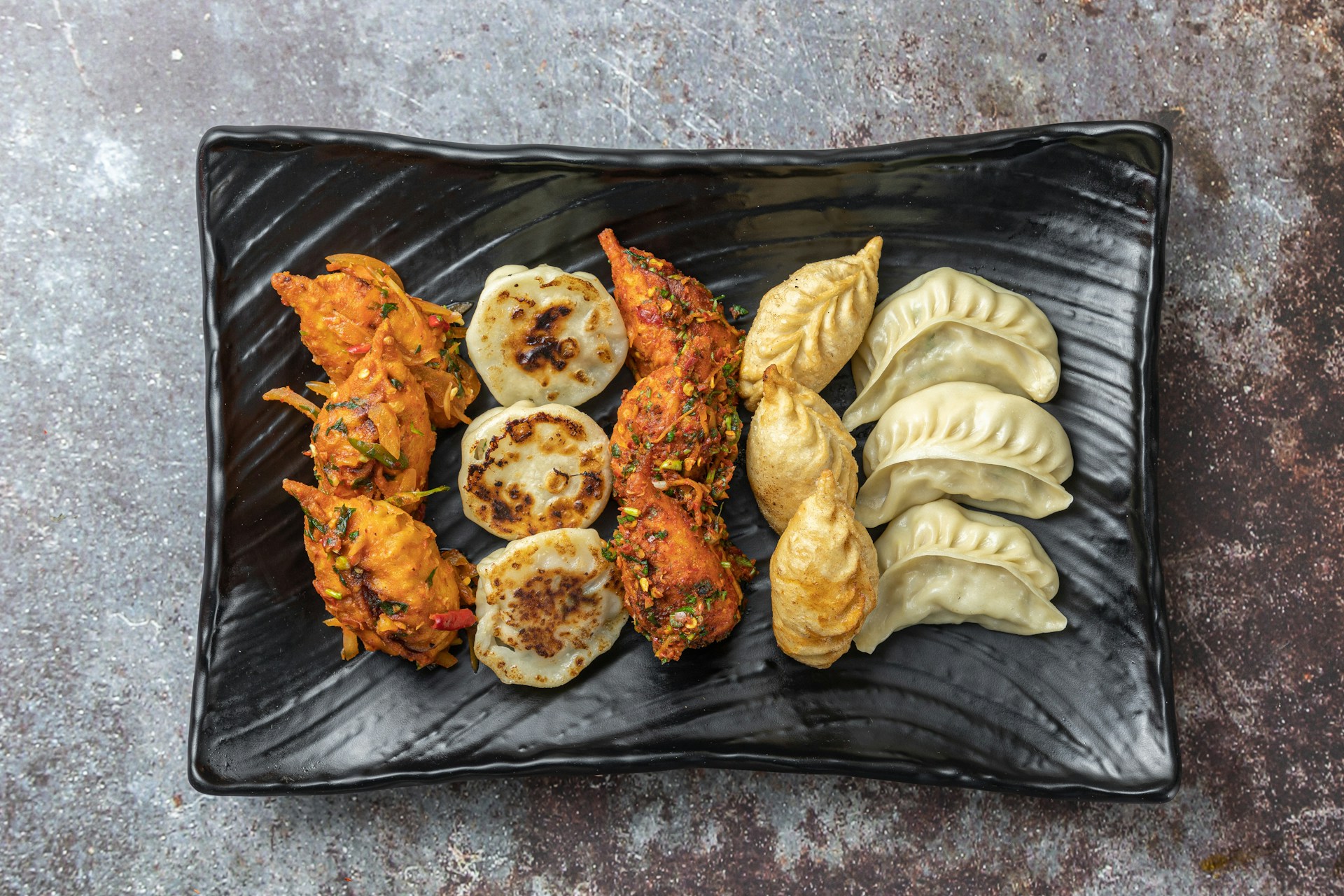
Sekuwa
Sekuwa is a traditional Nepalese dish of grilled, skewered meat that is deeply rooted in the country’s culinary traditions. Typically made from marinated chicken, goat, pork, or buffalo, sekuwa is cooked over an open fire, which gives it a distinctive smoky flavor. The marinade, rich in local spices such as cumin, coriander, garlic, ginger, and chili, infuses the meat with a robust, savory taste, making each bite flavorful and aromatic. It's often served with a side of fresh salad, pickles, and beaten rice (chiura), enhancing the overall dining experience.
Tourists should definitely try sekuwa in Nepal for its authentic taste and the cultural significance it holds. The dish is especially popular in the Terai and Himalayan regions, where outdoor grilling is a common practice. It reflects the Nepali tradition of communal gatherings and celebrations. Sekuwa is not only a treat for meat lovers but also an integral part of festivals, street food culture, and local eateries in Nepal.
The tender, smoky, and spicy profile of sekuwa provides a unique taste that you won’t easily find elsewhere, making it a must-try for those seeking to experience Nepal’s rich and diverse food culture.
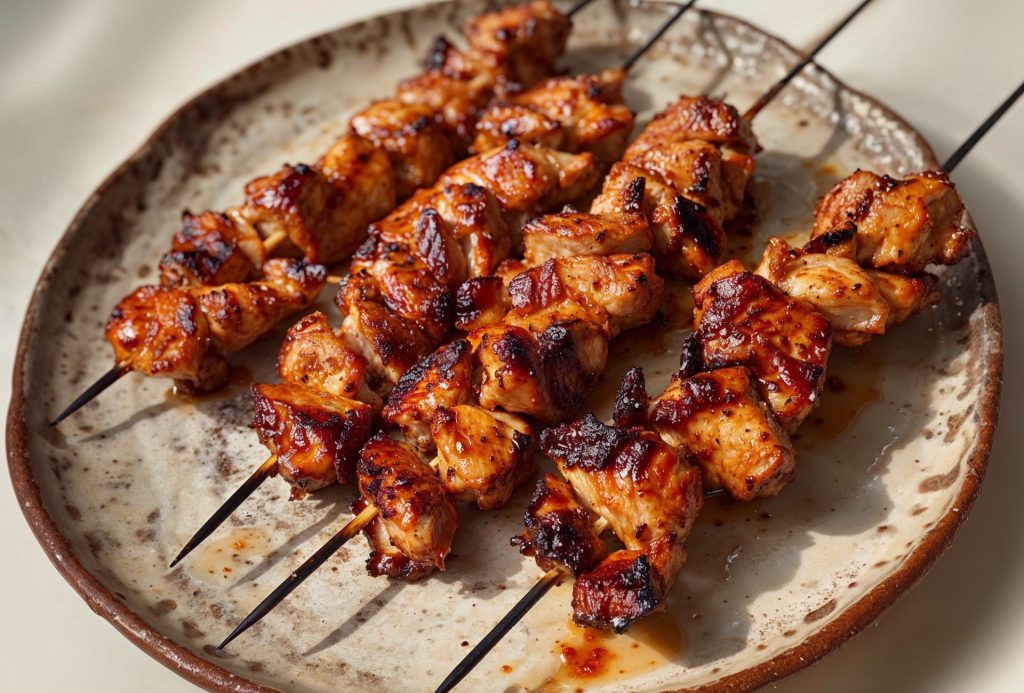
Thukpa
Thukpa is a popular noodle soup in Nepal, especially in the colder regions and among the Tibetan and Himalayan communities. Originally a Tibetan dish, thukpa has been embraced across Nepal and adapted with local ingredients and flavors. The soup is typically made with wheat noodles, a rich broth, and a mix of vegetables, meat (commonly chicken, mutton, or yak meat), and spices like garlic, ginger, and chili. Its warm, hearty nature makes it a perfect comfort food, especially in the mountainous regions.
Thukpa’s popularity in Nepal stems from its nourishing and flavorful characteristics, ideal for the cold Himalayan climate. It is commonly found in tea houses and restaurants throughout trekking routes, making it a go-to meal for trekkers seeking warmth and sustenance. The broth is often spiced and fragrant, creating a savory and slightly tangy taste, balanced by the freshness of the vegetables and the richness of the meat.
Tourists should taste thukpa in Nepal because it offers a unique fusion of Tibetan and Nepali flavors. The dish reflects the region’s culinary adaptability and its focus on wholesome, filling meals. Whether trekking or exploring cities, tasting thukpa connects visitors to the high-altitude culture of Nepal.
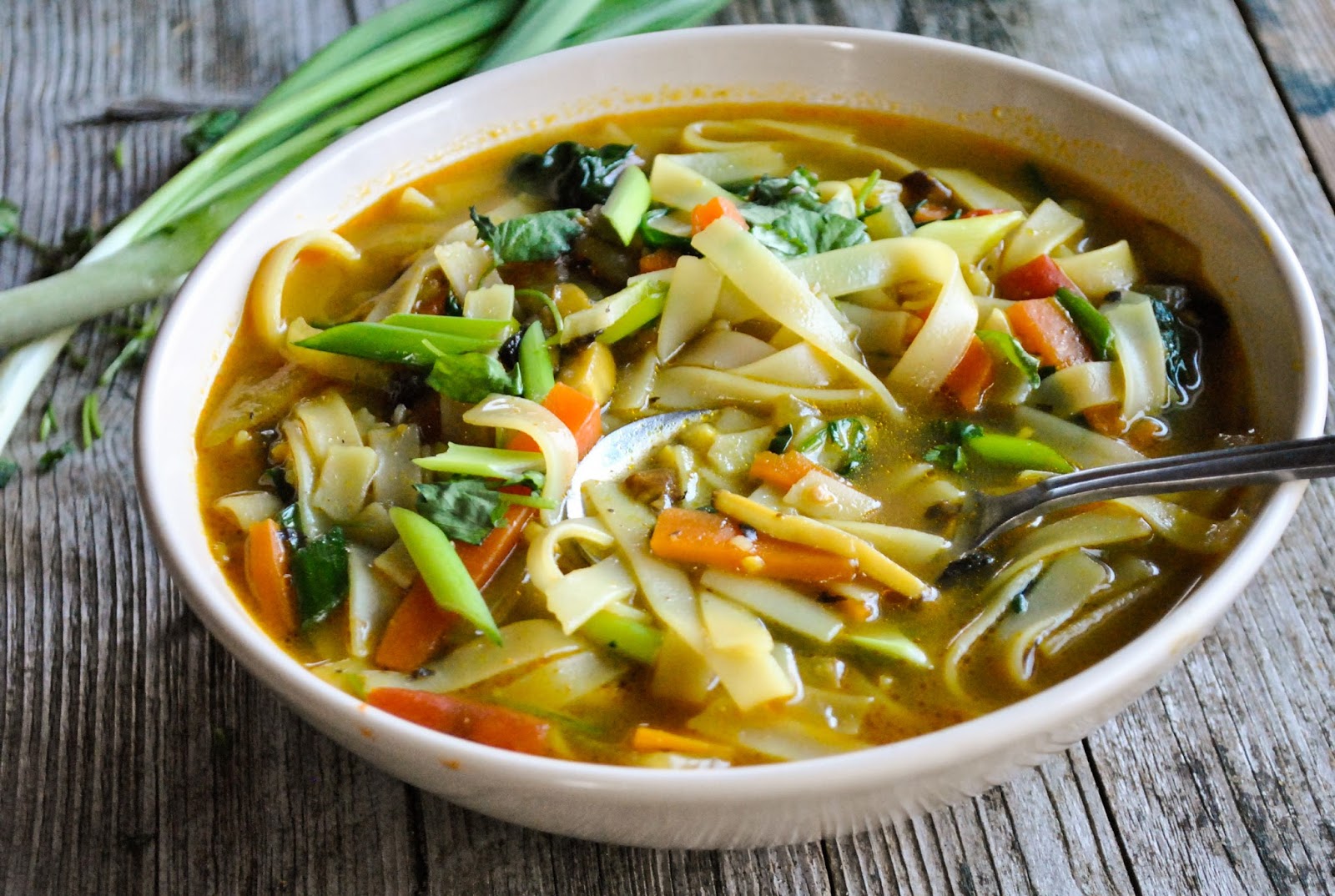
Sel Roti- a Nepalese festive delight
Sel roti is a beloved traditional Nepali sweet delicacy, deeply rooted in Nepalese culture and prepared for generations. This dish is particularly popular during major festivals like Dashain and Tihar, where families gather to celebrate. It is also a highlight at weddings, social gatherings, and various celebrations across the country.
To make sel roti, a batter is prepared using rice flour, water, sugar, and sometimes a touch of ghee or butter. The mixture is allowed to rest to develop its flavor before being shaped into ring-like loops and deep-fried until crispy and golden brown. The result is a lightly sweet, crunchy exterior with a soft, chewy interior, offering a delightful contrast in textures and a unique, fragrant taste.
Sel roti is a significant part of Nepali culture, often served with milk tea or curry, making it a versatile treat for any time of day. Its distinctive shape and irresistible flavor have made it a favorite not only among locals but also among tourists. Experiencing sel roti while in Nepal allows visitors to connect with the country’s festive spirit and culinary traditions.

Yomari
Yomari is a cherished traditional Nepali sweet that holds deep cultural significance, especially within the Newar community. This delicacy is traditionally prepared during the Yomari Punhi festival, which celebrates the end of the rice harvest. It is also served during special occasions such as weddings and religious ceremonies.
Yomari is made from rice flour dough, which is shaped into a unique fish-like form. The dough is filled with a sweet stuffing, typically chaku (molasses) or sesame seeds, and then steamed to perfection. The combination of the soft rice exterior and the sweet, rich filling creates a delightful contrast of textures and flavors that are both comforting and satisfying.
Yomari is not just a dessert but a symbol of prosperity and abundance in Nepali culture. Its unique shape and taste have made it a beloved treat among locals and a memorable experience for visitors. Tasting Yomari allows you to dive into the heart of Nepal’s culinary traditions, making it a must-try for anyone exploring the country’s diverse food culture.
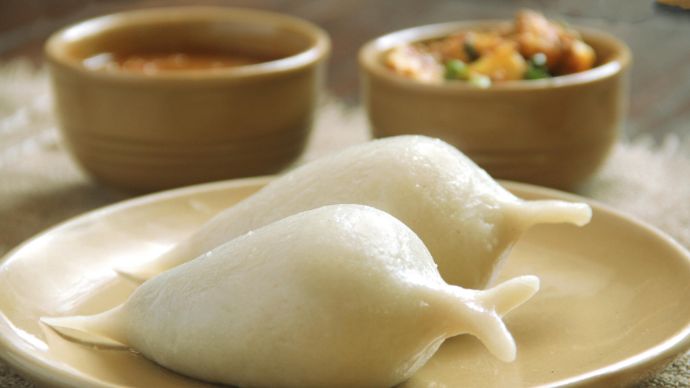
Nepali Chiya
Nepali chiya (tea) is more than just a drink; it is an integral part of Nepalese daily life and culture. This flavorful beverage, typically a blend of black tea, milk, sugar, and spices such as cardamom and ginger, is served multiple times throughout the day in Nepali households, offices, and tea shops. The preparation of chiya is almost ritualistic, with each family or vendor having their unique recipe that imparts a distinct flavor.
What makes Nepali chiya special is not just its taste but the social aspect tied to it. Whether it’s family gatherings, business discussions, or casual conversations with friends, chiya is always present. In rural areas, it is offered to guests as a symbol of hospitality, while in urban centers, it's a quick refreshment shared during work breaks.
Nepali chiya is also known for its health benefits, with ingredients like ginger and cardamom aiding digestion and providing warmth, especially in colder regions. For tourists, sipping a cup of Nepali chiya offers a window into the country’s culture, where simplicity and warmth are key. It's more than just tea; it's a reflection of Nepal’s heartwarming traditions and communal spirit.
